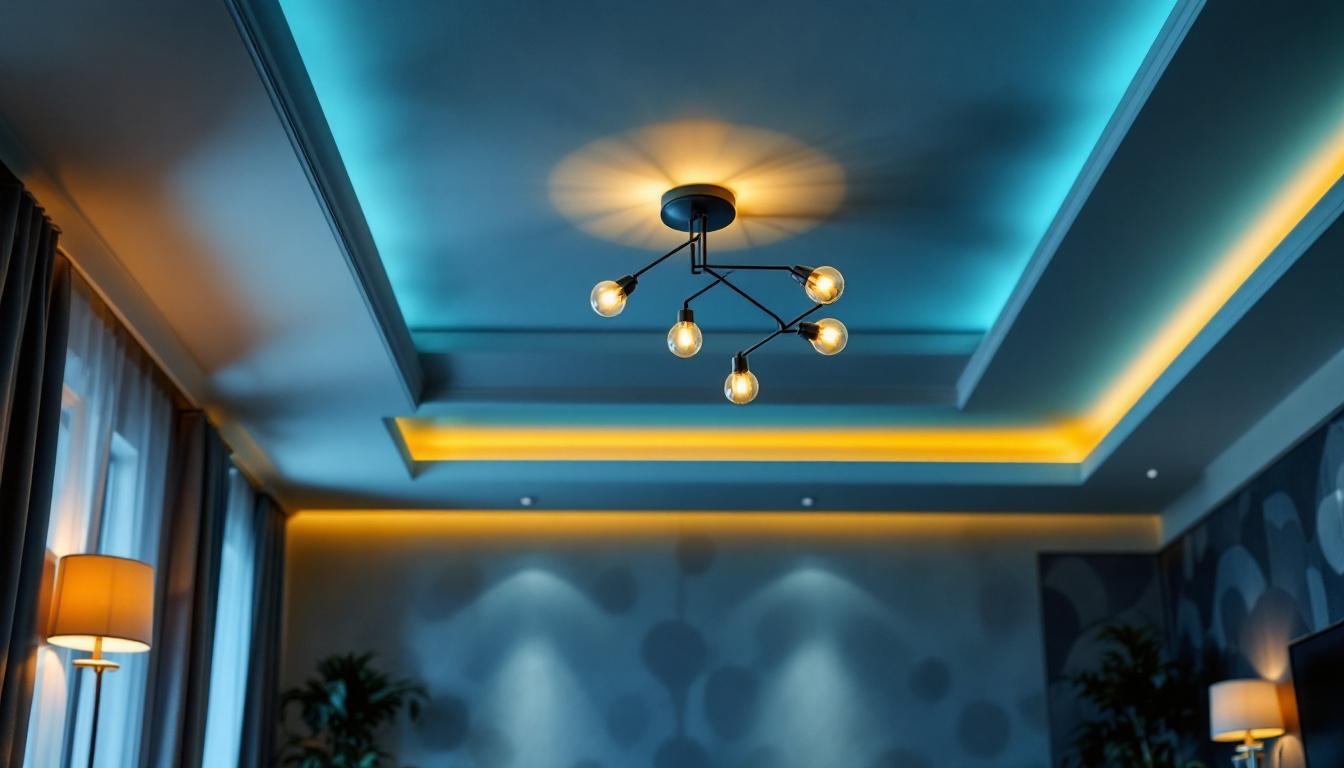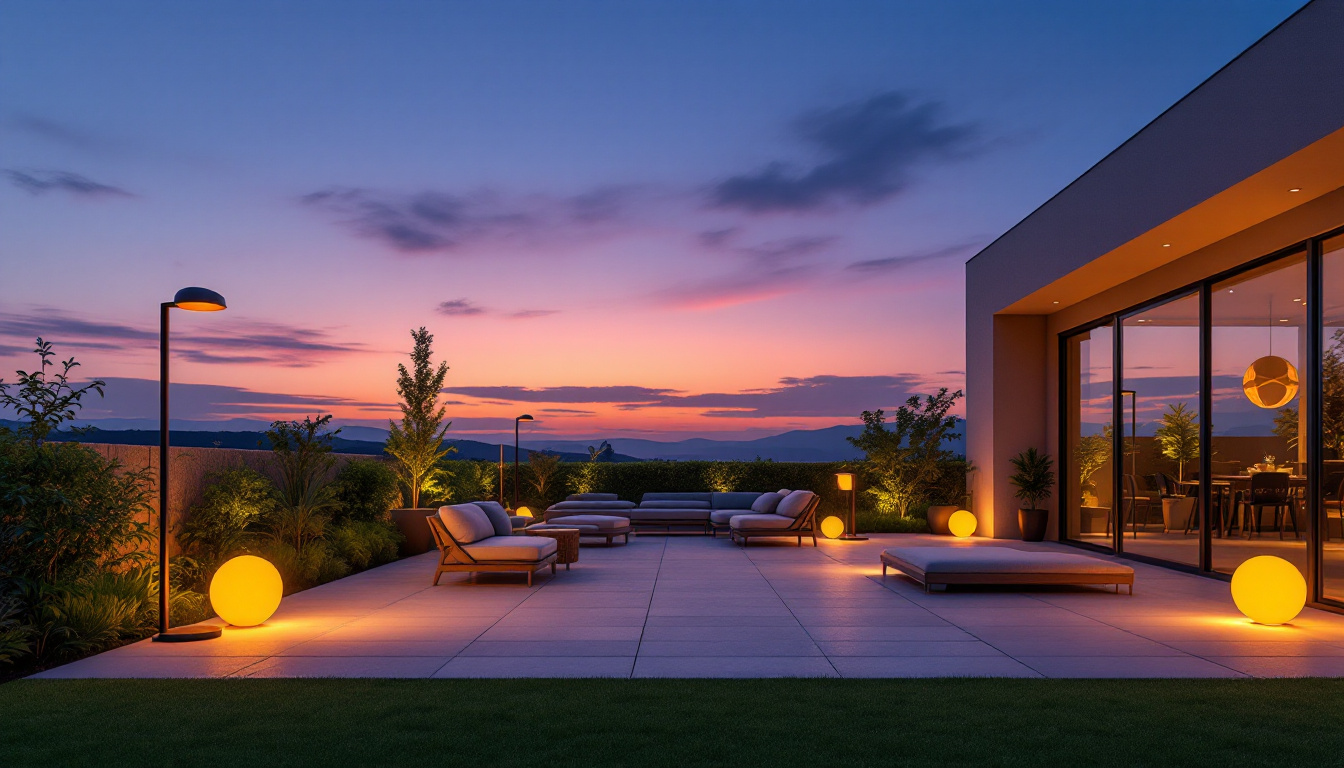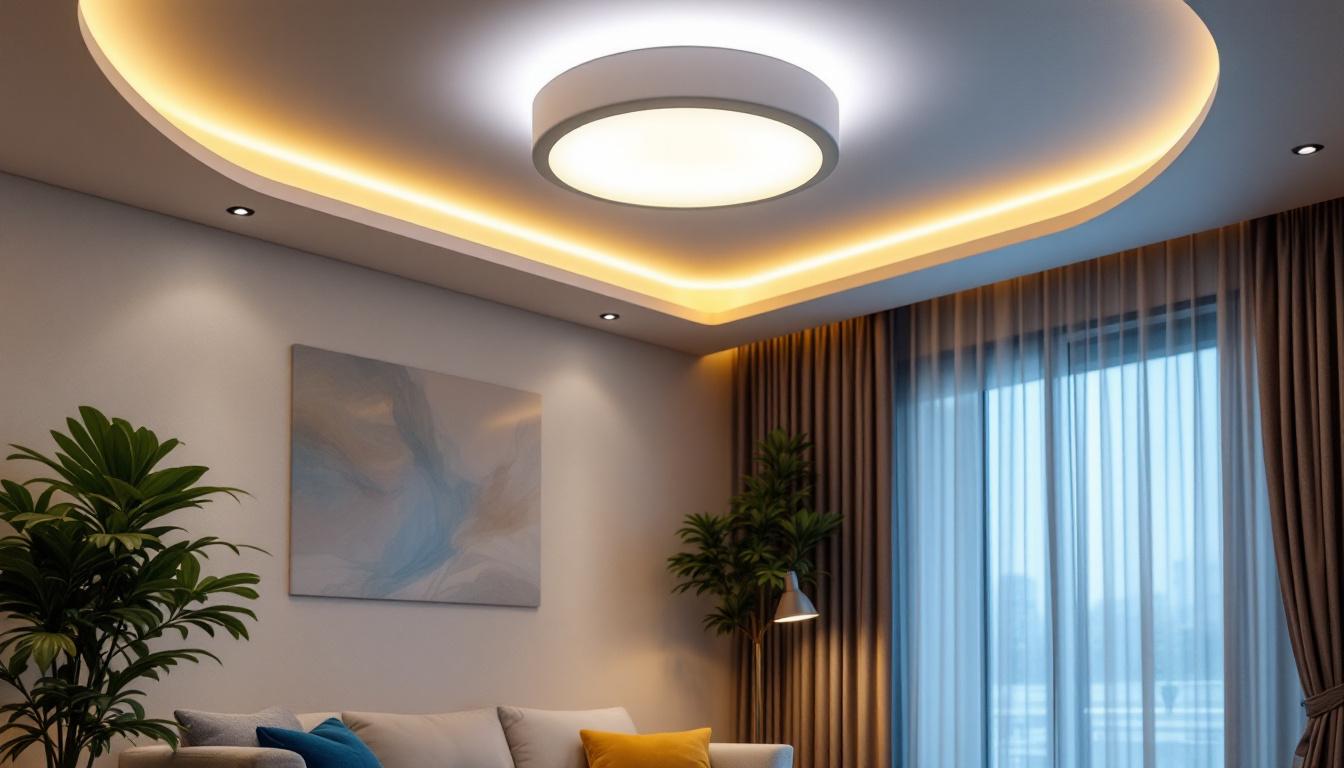
Lighting plays a crucial role in defining the ambiance and functionality of a living room. For lighting contractors, understanding the nuances of ceiling lighting can elevate their projects and enhance client satisfaction. This guide delves into various aspects of living room ceiling lighting, providing insights and practical advice that contractors can apply in their work.
Ceiling lighting serves as the foundation for a well-lit living room. It not only illuminates the space but also sets the mood and highlights architectural features. A well-thought-out ceiling lighting plan can transform a mundane room into a vibrant and inviting space. The right lighting can create a sense of warmth and comfort, making it an essential element in any home design. Moreover, it can influence how colors and textures are perceived, enhancing the overall aesthetic appeal of the room.
When designing a lighting scheme, contractors must balance functionality with aesthetics. The right ceiling light fixtures can enhance the room’s decor while providing adequate illumination for various activities, such as reading, entertaining, or relaxing. Understanding the intended use of the living room will guide the selection of appropriate lighting solutions. For instance, a cozy reading nook may benefit from softer, ambient lighting, while a space designed for gatherings might require brighter, more focused lighting to accommodate social interactions. Additionally, layering different types of lighting—ambient, task, and accent—can create a dynamic atmosphere that adapts to the time of day and the activities taking place.
There are several types of ceiling lighting fixtures available, each offering unique benefits. Common options include flush mounts, chandeliers, pendant lights, and recessed lighting. Each type can serve different purposes and contribute to the overall design of the living room. Flush mounts are ideal for low ceilings and provide a sleek, unobtrusive look, while chandeliers can serve as a stunning focal point, adding elegance and sophistication. Pendant lights, on the other hand, can be used to create visual interest, especially when hung at varying heights. Recessed lighting offers a minimalist approach, providing a clean look while allowing for flexibility in directing light where it’s needed most. The choice of fixtures can greatly influence the ambiance of the room, making it essential to consider both style and function when selecting ceiling lighting.
In addition to the types of fixtures, the choice of light bulbs can also impact the quality of illumination. LED bulbs, for example, are energy-efficient and long-lasting, making them a popular choice for modern lighting designs. They come in various color temperatures, allowing homeowners to select warm tones for a cozy atmosphere or cooler tones for a more vibrant, energetic feel. Furthermore, dimmable options can provide versatility, enabling users to adjust the brightness according to the time of day or occasion. By thoughtfully considering both the fixtures and the bulbs, one can create a layered lighting scheme that enhances the beauty and functionality of the living room.
The style of lighting fixtures should complement the overall aesthetic of the living room. Whether the space is modern, traditional, or eclectic, selecting the right style is essential for cohesive design.
For contemporary spaces, sleek and simple designs are often preferred. Flush mount fixtures with clean lines and minimal embellishments can provide a streamlined look. Pendant lights with geometric shapes can also add a touch of sophistication without overwhelming the space. Additionally, incorporating LED technology into these fixtures not only enhances energy efficiency but also allows for adjustable color temperatures, enabling homeowners to create the perfect ambiance for any occasion. The use of smart lighting systems can further elevate a modern living room, allowing for seamless integration with home automation systems for tailored lighting experiences.
In contrast, traditional living rooms may benefit from ornate chandeliers or decorative flush mounts. These fixtures often feature intricate designs and can serve as statement pieces that draw the eye upward, enhancing the room’s elegance. The warm glow of incandescent bulbs can enhance the inviting atmosphere that traditional decor aims to achieve. Moreover, wall sconces with vintage finishes can complement the chandeliers, providing additional layers of light and enhancing the overall warmth of the space. Incorporating dimmer switches can also allow for versatility, enabling homeowners to adjust the lighting to suit different moods, from lively gatherings to intimate evenings with family.
Layering different types of lighting is a key strategy for creating a well-lit living room. This technique involves combining ambient, task, and accent lighting to achieve a balanced and inviting atmosphere.
Ambient lighting provides the general illumination needed for the entire room. Ceiling fixtures such as chandeliers or recessed lights can serve this purpose effectively. It is essential to ensure that ambient lighting is evenly distributed to avoid dark corners and create a welcoming environment.
Task lighting focuses on specific areas where activities occur, such as reading or working. Floor lamps or table lamps can complement ceiling lights, ensuring that these areas are well-lit. Contractors should consider the placement of furniture and activities when planning task lighting.
Accent lighting adds depth and interest to the living room. This can include wall sconces, track lighting, or even LED strips that highlight architectural features or artwork. By incorporating accent lighting, contractors can create visual interest and enhance the overall design.
With growing awareness of sustainability, energy-efficient lighting solutions have become increasingly important. Contractors should be knowledgeable about the various options available to clients, ensuring they can make informed decisions that align with both aesthetics and energy savings.
LED lights are a popular choice for ceiling fixtures due to their energy efficiency and long lifespan. They consume significantly less energy than traditional incandescent bulbs, making them a cost-effective option for homeowners. Additionally, LED lights are available in various color temperatures, allowing for customization in lighting design.
Smart lighting technology has revolutionized the way homeowners interact with their lighting. Contractors should be familiar with smart bulbs and systems that allow for remote control and automation. These solutions can enhance convenience and energy efficiency, appealing to tech-savvy clients.
Proper installation is critical to the performance and safety of ceiling lighting. Contractors must be aware of various factors that can impact the installation process and the final outcome.
Before installation, it is essential to assess the electrical requirements of the chosen fixtures. This includes understanding the wattage, voltage, and compatibility with existing wiring. Ensuring that the electrical system can support the new lighting is crucial for safety and functionality.
The height at which ceiling fixtures are installed can significantly affect their effectiveness. For example, chandeliers should be hung at a height that allows for unobstructed views and adequate illumination. Similarly, recessed lights should be spaced appropriately to avoid shadows and ensure even lighting.
Staying updated on current trends can help contractors provide clients with fresh and innovative lighting solutions. Understanding these trends can also inspire creative designs that resonate with homeowners.
In recent years, there has been a shift towards using natural materials in lighting design. Fixtures made from wood, rattan, or metal can add warmth and texture to a living room. These materials often create a more organic feel, aligning with modern design trends that prioritize sustainability and natural aesthetics.
Bold, statement-making fixtures are gaining popularity as focal points in living room design. Large chandeliers or oversized pendant lights can serve as eye-catching elements that draw attention and enhance the overall decor. Contractors should consider how these fixtures can complement the room’s design while providing adequate lighting.
Proper maintenance is essential to ensure the longevity and performance of ceiling lighting fixtures. Contractors should educate clients on how to care for their lighting to keep it looking and functioning at its best.
Dust and grime can accumulate on light fixtures, diminishing their brightness and aesthetic appeal. Regular cleaning is essential, and contractors can recommend specific cleaning methods based on the materials used in the fixtures. For example, glass fixtures may require gentle cleaning solutions, while metal fixtures may need polishing to maintain their shine.
Clients should be informed about the importance of timely bulb replacement. Burned-out bulbs not only affect the lighting quality but can also lead to increased energy consumption if not replaced promptly. Contractors can provide guidance on the types of bulbs compatible with their fixtures, emphasizing the benefits of energy-efficient options.
Lighting contractors play a vital role in creating well-lit and aesthetically pleasing living rooms. By understanding the various aspects of ceiling lighting—from fixture selection and installation to maintenance and trends—contractors can enhance their services and deliver exceptional results. A well-executed lighting plan not only improves the functionality of a living room but also elevates the overall design, ensuring client satisfaction and repeat business.
As the demand for innovative and energy-efficient lighting solutions continues to grow, contractors who stay informed and adapt to changing trends will find themselves at the forefront of the industry. This guide serves as a comprehensive resource for lighting contractors looking to refine their skills and expand their knowledge in the ever-evolving world of ceiling lighting.
Ready to take your lighting projects to the next level? At LumenWholesale, we provide lighting contractors with the ultimate selection of spec-grade lighting products at unbeatable wholesale prices. Say goodbye to local distributor markups and hello to a vast array of high-quality, reliable lighting options that meet the highest industry standards. With free shipping on bulk orders, you can stock up on premium lighting solutions at the best value — all without hidden fees or compromises. Elevate your living room ceiling lighting projects with the perfect blend of quality, affordability, and convenience. Discover wholesale lighting at the best value today and light up your clients’ spaces with confidence.

Discover the latest trends in dusk till dawn lighting that every lighting contractor needs to know.

Discover the top benefits of incorporating semi flush ceiling lights in contemporary designs.

Discover how hanging lamps with chains can illuminate new business opportunities for lighting contractors.

Discover the essential considerations for lighting contractors when installing recessed LED ceiling lights.